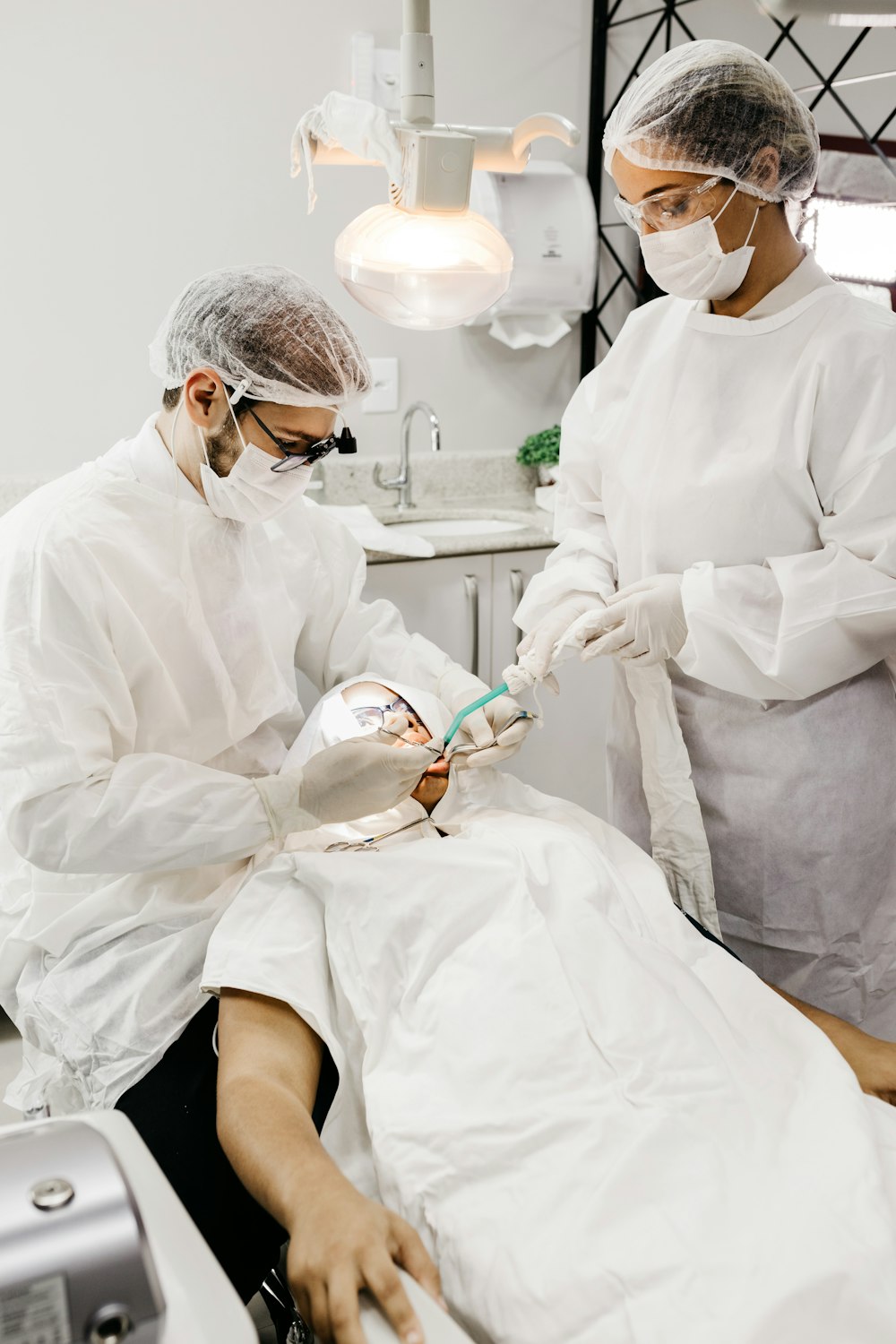California does not require dental practices to create an employee handbook. However, it’s still a good idea to have one, as a handbook can help create expectations for employees and ensure your practice is protected against certain claims.
What Makes California So Special?
California is one of the most “employee-friendly” states. As such, it has enacted various laws designed to protect employee rights. It is vital that your dental practice understands these laws and creates written policies that explain how you will protect an employee’s legal rights, as doing so can help promote transparency and create a trail of documentation that clearly demonstrates your compliance with the law.
This is why hiring an expert, like HR for Health, is so critical, as it can help ensure you are adhering to California’s sometimes complicated HR and labor laws.
Why Should I Create an Employee Handbook for My California Dental Practice?
Creating an employee handbook for your California dental practice has numerous benefits:
1. It is a way to demonstrate compliance with the law and show your employees how you will enforce and protect their legal rights.
2. It helps you stay on process and allows your employees to better understand the various processes at your practice. This ensures consistency in the application of your policy to any employment situation.
3. It can potentially shield you from litigation and having to make substantial legal settlements with current, former, and future employees.
4. It communicates the various procedures and rules to your employees. This transparency can lead to a more productive work environment, founded on trust.
5. An employee handbook minimizes the volume of policy-related questions, since employees have a copy of the handbook. This can save you time.
What Should I Include in My Handbook?
There are a few things that your California dental practice should include if you have an employee handbook. These are:
- Any regulatory requirements specific to municipal/state/federal government.
- Statements affirming your EEOC (Equal Employment Opportunity Commission) status and discussing how you will handle any potential complaints or issues.
- An anti-sexual harassment statement and guidelines on how such complaints will be handled.
- Specific policies that are unique to your practice, including incentive pay, employee discount, bonuses, and leaves of absence.
Office Conduct
Your handbook needs to set expectations for how employees are required to conduct themselves. That means it should explain employee behavior expectations, and also explain the process by which violations of these policies can be reported and will be handled. Specifically, this section should have a statement about adherence to EEOC laws, prevention of sexual harassment, and other standards of conduct. It should also remind employees that they are at-will in most states.
Work Authorization
This section should discuss the process of verifying each new hire’s ability to legally work in the United States. The document, known as an Employee Eligibility Verification, is used to document and verify a worker’s eligibility to work in the United States.
Employment Classification
This section should discuss the classifications that may make employees part-time, full-time, exempt, non-exempt, or temporary. Definitions need to be clear, easily understandable, and enforced by your practice.
Time Off and Leave of Absence
All employees will likely be eligible for various leaves of absence. Examples include:
1. Mandated sick leave
2. Any protected leaves of absence, such as pregnancy, disability, or domestic violence
3. Bereavement leave
4. Military leave
Processes
A well-designed employee handbook for your California dental practice will lay out the various processes of your practice, ensuring that your employees understand what is expected of them throughout various stages of the employee lifecycle. Processes include:
1. Onboarding process
2.How to handle on-the-job injuries
3. Standards of conduct
4. How to access benefits, such as vacation, retirement, medical, dental, or vision
5. Offboarding process
It is also worth considering that there may be other processes that are exclusive to your practice but less common to other practices, including nondisclosure issues, how to handle working at another location, and confidentiality. If any of these are of concern to you, you should absolutely include it in your handbook.
Mistakes to Avoid
While an employee handbook can be beneficial in protecting you and your practice, you can also easily stumble into serious mistakes by including inappropriate or illegal content. Examples include:

2. Taking a cookie-cutter approach and using an existing template that you find on the internet. The handbook should reflect the unique aspects of your practice, and up to date policies in accordance with state/federal law
3. Creating your own policies without the guidance of an HR professional, as you may add policies that you don’t realize are discriminatory and/or illegal.
Confused Yet?
It makes sense, and it gets worse. Remember, the human resource world is constantly evolving and changing. This means you have to constantly update your employee handbook.
Managing your hygienists and other dental staff can be a challenge. As a dental practice, you will quickly realize that these are very complex HR issues. As such, you may find it worth your time to bring in additional help. This can be done without outsourcing your HR functions. Instead, you can strengthen your human resources operations by integrating comprehensive, automated HR software and having access to a slate of HR experts that are available as needed.
As a dental practice, you may find it worth your time to strengthen your human resources operations by integrating comprehensive, automated HR software and having HR experts on call when needed. .
How HR for Health Can Help
HR for Health is more than just an expert in the field. We are your one-stop shop to manage documentation, timekeeping, and more. We can also help you develop a comprehensive employee handbook for your California dental office, one created in collaboration with your practice so that it is personalized and compliant with all state and federal laws.
Want more information? Schedule a free, no-obligation consultation.

